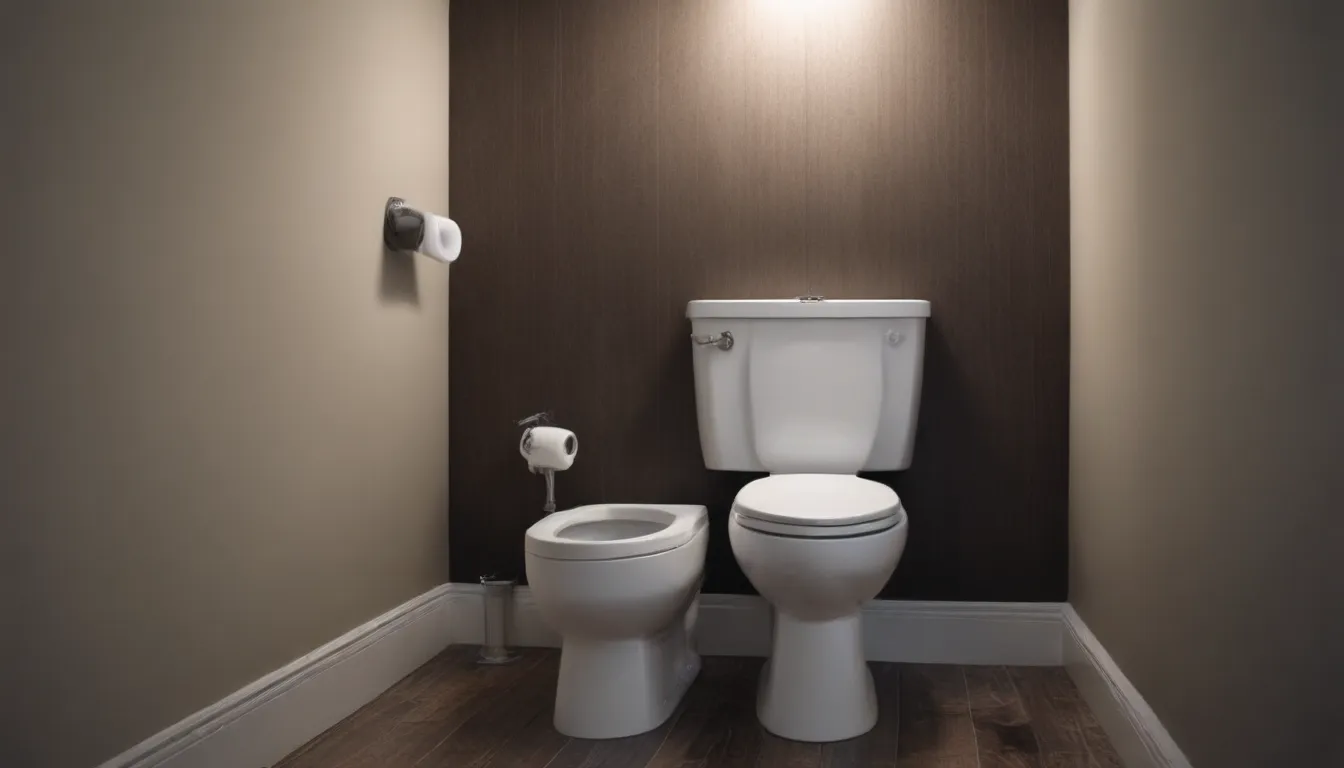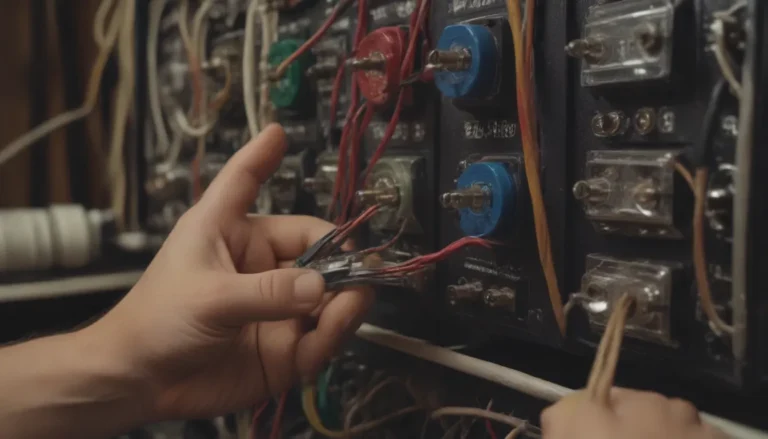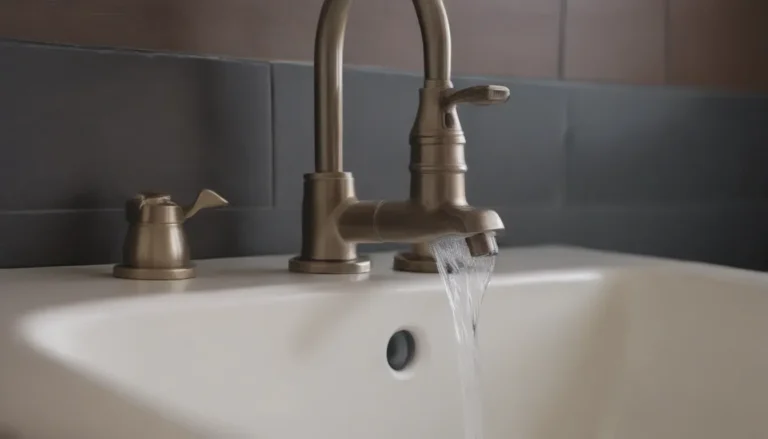How many flushes can you make on a powerless toilet?

Hello there! Have you ever wondered how many times you can flush a toilet without power? It’s an important question to consider, especially during emergencies or power outages. Toilets are an essential part of our daily lives, and knowing how they function without electricity can be valuable information. In this article, we will delve into the ins and outs of flushing a toilet without power, how it affects plumbing systems, and what you can do to ensure you have access to water when you need it the most.
Why does a power outage affect plumbing?
Let’s start by understanding how a power outage can impact the plumbing system in your home. Typically, water is supplied to homes through city water mains, ensuring a continuous flow of water without the need for electricity. However, many plumbing systems rely on pumps that run on electricity to distribute water effectively. In larger cities, water is pumped into water towers located at high elevations, allowing gravity to help distribute water throughout the area.
During a short power outage, you may not notice any immediate impact on your water supply. However, in the case of an extended outage, there is a risk that water towers may run dry, leaving you without access to water. This can be a significant issue for multi-story buildings or homes with well systems that rely on electric pumps. It’s essential to be prepared for such situations by having a backup plan in place.
Do toilets work without power?
When it comes to toilets, their functionality during a power outage largely depends on the type of toilet you have. Standard toilets, which use gravity and water pressure to flush, can still operate without electricity. As long as there is water in the tank, you can flush the toilet manually by pouring water into the bowl. This means that if your home is connected to a city water supply or a well reservoir, you should be able to flush the toilet without any issues.
However, pump-assisted toilets, which rely on a pump to create a strong flush, will not function properly without power. You may still be able to flush them a few times, but eventually, the tank will not refill until electricity is restored. It’s important to know what type of toilet you have and how it operates to be prepared for emergencies.
How many times can you flush without power?
The number of flushes you can make on a powerless toilet depends on various factors, including your location, plumbing system, type of toilet, and water supply. In areas with ample access to water, such as those near fresh water sources, you may be able to continue flushing normally during a power outage. However, if you live in a region prone to droughts, you may need to conserve water for essential needs.
If you have a standard, gravity-flush toilet and access to city water or a well reservoir, you should be able to flush the toilet as long as water is available. On the other hand, pump-assisted toilets will only allow for a limited number of flushes without manual intervention. It’s crucial to have a backup water supply stored for emergencies, especially if you rely on a well system with limited water storage capacity.
Here’s a breakdown of how many times you can flush a toilet without power based on different scenarios:
- Standard gravity-flush toilet connected to city water or a well reservoir: Unlimited flushes as long as water is available.
- Pump-assisted toilet: About three to five flushes before manual intervention is needed.
- Well system with storage reservoir: 10 to 50 gallons of water, allowing for multiple flushes depending on water usage.
- Well system without a backup reservoir: Only one flush without additional water storage.
By understanding your plumbing system and having a plan in place for emergencies, you can ensure that you have access to water when you need it the most. Whether it’s storing water for flushing toilets or taking other precautions to conserve water, being prepared is key to handling power outages effectively.





